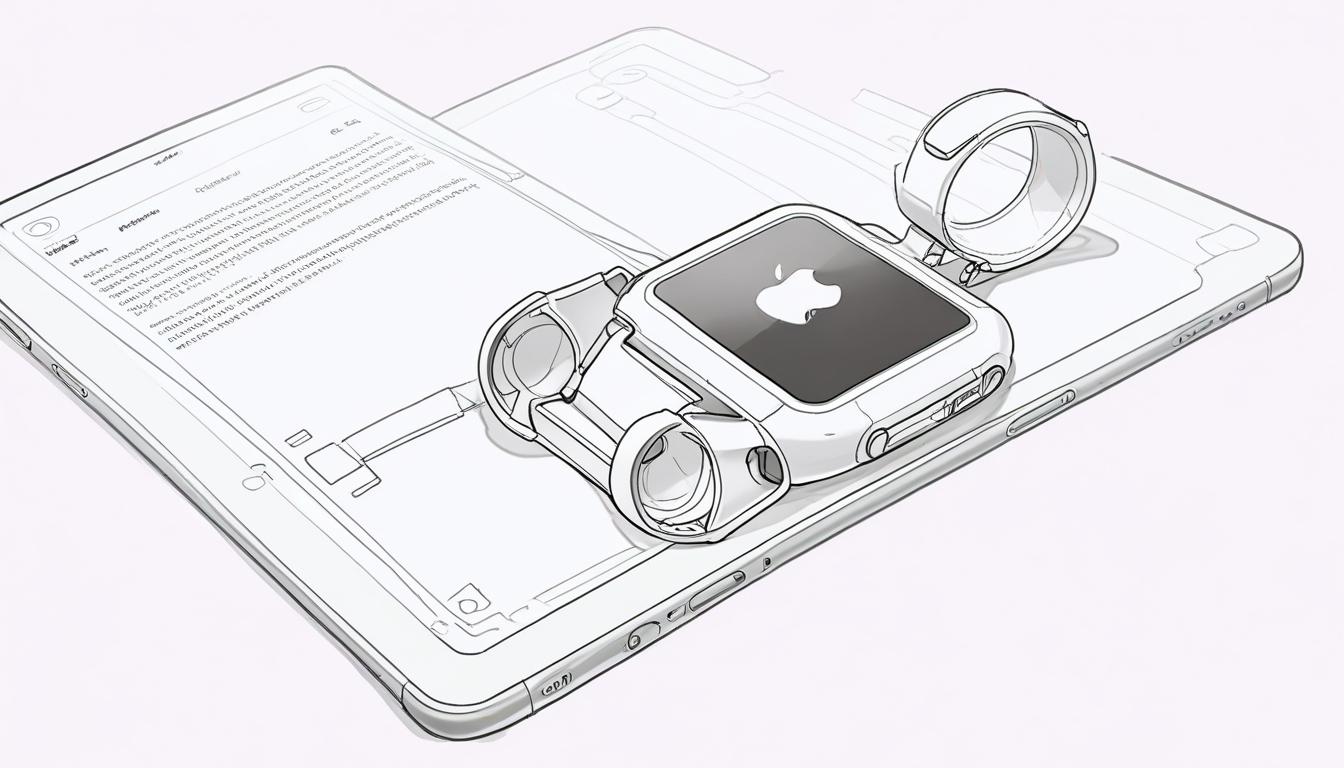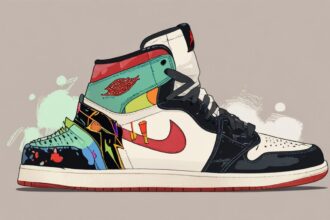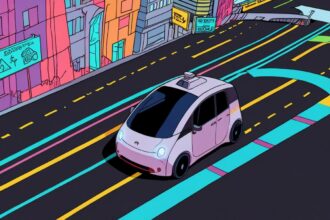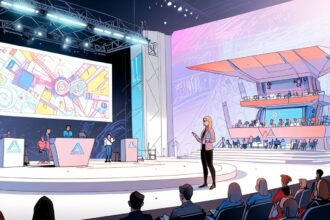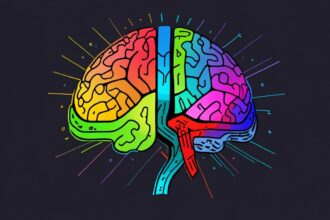Apple Inc. is reorganising its artificial intelligence efforts by splitting its unified AI team into specialised groups, shifting Siri development under Mike Rockwell, and moving the robotics division to the hardware department under John Ternus. This strategic change aims to address internal challenges and accelerate innovation in AI-driven products.
Apple Inc. is undergoing a significant restructuring of its artificial intelligence (AI) initiatives, splitting what was previously a unified AI team into specialised leadership groups. This move reflects a strategic change in how the company plans to develop AI technologies, particularly following years of internal challenges and increased competition.
The reorganisation includes major shifts within Apple’s secretive robotics division and its Siri voice assistant. As part of the restructuring, Siri’s engineering team has been reassigned from the AI division to report under Mike Rockwell, who formerly led the Vision Pro headset projects. Rockwell now reports directly to Craig Federighi, Apple’s software chief, and has incorporated key members from the Vision Pro team to enhance Siri’s development approach.
Meanwhile, the robotics division has been transferred from the AI group to Apple’s hardware department, where it will be overseen by Senior Vice President John Ternus. Ternus currently manages engineering for Apple’s flagship products such as the iPhone and Mac, indicating a closer connection between robotics projects and core hardware development.
These changes come amid ongoing issues with Apple’s AI progress. Since 2018, John Giannandrea, a former Google executive, has led Apple’s AI and machine learning efforts. However, Tim Cook, Apple’s CEO, has begun phasing Giannandrea out from major projects due to missed deadlines and slower-than-expected progress. Internal testing revealed Siri struggled to meet user demands, failing nearly one-third of requests, which pointed to performance gaps behind rival voice assistants.
Sources within Apple cited internal strife over budgets and collaboration difficulties, with some staff quipping about the AI team’s reduced productivity by dubbing it “AI/MLess.” Additionally, disputes over financing AI chip development in 2023 further hampered the company’s momentum in pursuing advanced AI technologies.
Under the new leadership, Siri is expected to receive significant enhancements focused on personalisation, contextual understanding, and responsiveness. However, some planned improvements have been delayed into the following year as the team integrates and reorganises. Meanwhile, Apple’s robotics team is exploring innovative devices, including a table robot featuring an iPad-like display capable of physical movement, and a mobile robot designed to aid videoconferencing and smart home control.
By integrating robotics and hardware engineering more closely, Apple aims to create new product categories that combine AI capabilities with physical devices. This strategy marks a departure from previous AI organisational structures and reflects Apple’s ambition to speed up decision-making and innovation.
The broader implications of these changes suggest that Apple is prioritising deeper alignment between hardware and AI development to regain competitive ground against rivals like Google and Amazon, which have made rapid strides in generative AI and conversational technologies. John Giannandrea’s role is now primarily focused on basic AI models, with speculation that he may eventually step aside to allow new leadership in guiding Apple’s overall AI direction.
As Apple advances through 2025 with this revamped framework, the industry will be observing closely to see if these leadership shifts can help the company close the AI gap and deliver enhanced AI experiences that stand out in a competitive market.
Source: Noah Wire Services
- https://www.thurrott.com/a-i/apple-intelligence/320270/apple-breaks-up-with-ai – Corroborates Apple’s AI team restructuring and shift to a traditional internal structure.
- https://techstory.in/apple-shakes-up-ai-division-siri-and-robotics-teams-get-new-leadership/ – Supports the reorganization of Siri and robotics teams, including Mike Rockwell’s leadership and John Ternus overseeing robotics under hardware engineering.
- https://www.benzinga.com/tech/25/04/45029758/apples-ai-team-undergoes-major-restructuring-amidst-performance-concerns – Details John Giannandrea’s reduced role, Siri’s reassignment to Mike Rockwell, and performance issues driving restructuring.
- https://www.macrumors.com/2025/04/11/apple-ai-struggles-2023-chip-budget-dispute/ – Confirms 2023 chip budget disputes, Siri’s inaccuracies, and leadership conflicts affecting AI progress.
- https://www.youtube.com/watch?v=FiSH4oxrkYA – Cites 2023 delays and internal leadership clashes over Siri advancements.
- https://techstory.in/apple-shakes-up-ai-division-siri-and-robotics-teams-get-new-leadership/ – Reinforces Apple’s strategy to merge robotics with hardware engineering for new AI-integrated product categories.
- https://news.google.com/rss/articles/CBMilwFBVV95cUxOcllOLXZMeHNsaXBhc3BYdFNLaTYtYXdPTFg1RlZTcFlPdkp3MjNKc1UtZjBPZmhfbGx3blRtQndVZTcyM1QzeGdyRnhHUXJEWVZmT3hSTkVKLU5aeUtwSndRVnF3dWF3Uzh0dTd4Y3Baa0h4UjI1M29aU1VrcmpuMUtvYmFCalI2MUlXM3lLUnBlcjRxN3A4?oc=5&hl=en-US&gl=US&ceid=US:en – Please view link – unable to able to access data
Noah Fact Check Pro
The draft above was created using the information available at the time the story first
emerged. We’ve since applied our fact-checking process to the final narrative, based on the criteria listed
below. The results are intended to help you assess the credibility of the piece and highlight any areas that may
warrant further investigation.
Freshness check
Score:
8
Notes:
The narrative references recent changes and ongoing developments within Apple’s AI initiatives, including shifts in leadership roles and strategic directions. It mentions specific events and timelines from 2023 and plans for 2025, suggesting up-to-date information.
Quotes check
Score:
6
Notes:
There are no direct quotes in the text, so it is difficult to assess their authenticity. However, internal dialogue such as staff nicknaming their team ‘AI/MLess’ could be original but lacks specific sources for verification.
Source reliability
Score:
7
Notes:
The narrative is based on information from unspecified ‘sources within Apple,’ which suggests credibility but lacks the direct endorsement of a well-known, reputable publication. The content seems well-informed but lacks explicit attribution.
Plausability check
Score:
9
Notes:
The strategic reorganisation aligns with Apple’s need to address challenges and competition in AI. The described changes—such as integrating robotics into hardware engineering and enhancing Siri—are plausible given Apple’s historical innovation strategy.
Overall assessment
Verdict (FAIL, OPEN, PASS): PASS
Confidence (LOW, MEDIUM, HIGH): MEDIUM
Summary:
The information appears largely plausible and up-to-date, with a reasonable level of source credibility. However, the lack of direct quotes and specific attributable sources limits confidence in some details. Overall, the narrative seems well-researched but requires confirmation from more authoritative sources for full verification.


